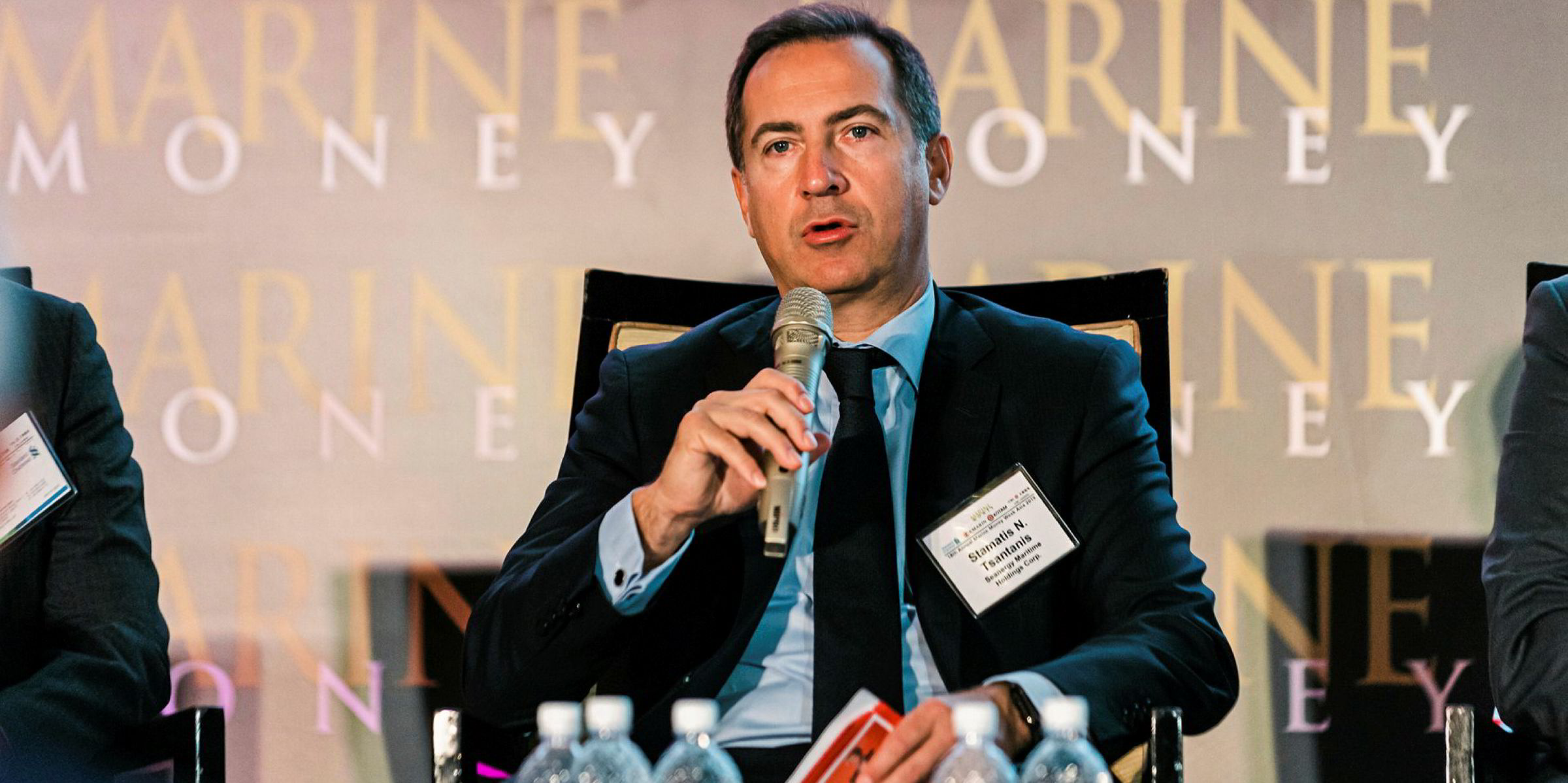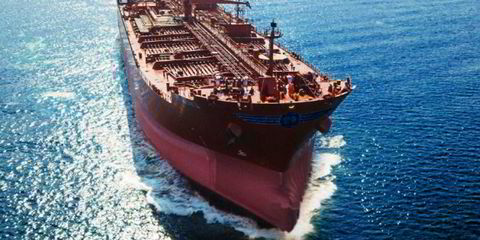Seanergy Maritime Holdings Corp has conducted a 1-for-16 reverse stock split to regain compliance with the Nasdaq Stock Market.
The Stamatis Tsantanis-led owner of 10 capesize vessels had until 25 September to bring its share price to the exchange's $1 minimum requirement after getting three more months past a 90-day grace period begun on 17 April.
"Even though the Nasdaq has granted us an extension until September 25, 2020 to comply with the minimum bid price, we have decided to proactively resolve this matter now", chief executive Tsantanis said in the company's first-quarter earnings report.
"Such decision aims to restore the price of our shares to the range in which most of our dry-bulk peers trade."
Shareholders in October approved the board of directors' ability to determine a reverse stock split ratio no higher than 1-for-20.
The New York-listed company's stock fell 32% within the first hour of Thursday's after-market trading to $0.19 per share.
Seanergy posted a net loss of $8.3m for the first quarter versus an $8.6m deficit a year earlier.
“During the first quarter of 2020, the Covid-19 pandemic presented unprecedented challenges for societies, governments and businesses across the world", Tsantanis said.
"Under these circumstances, our main priority was the health and safety of our seagoing and office personnel. In addition, we ensured the smooth and uninterrupted commercial operations of our vessels and we successfully executed on steps to further strengthen our balance sheet."
Optimistic toward rest of 2020
Tsantanis expects Seanergy to have solid results for the rest of 2020 amid rising capesize rates.
"Looking forward towards the rest of 2020, strong steel demand in China, historically low iron ore inventories and the ongoing recovery of Brazilian iron ore exports are setting the tone for a much stronger capesize market", he said.
He noted that the average timecharter equivalent rate of the Baltic Exchange Capesize Index has improved through June to about $29,400 per day from levels as low as $2,000 per day in May.
"Provided that there are no additional export disruptions during the rest of the year, the capesize market may closely track the positive second half of 2019," he said.
"Finally, Seanergy is well placed to benefit from the substantial improvement of the market with minimal upcoming dry-dockings and all vessels currently employed under spot charters or index-linked charters that are directly tied to the capesize index."






